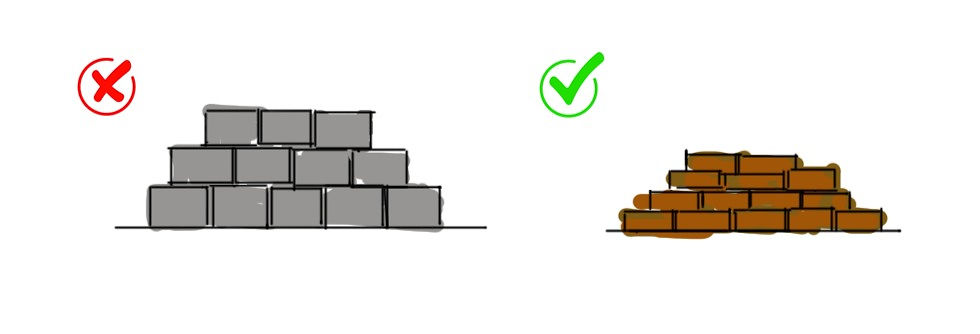Design to beat the heat
- Elemental

- Mar 25, 2020
- 2 min read
Updated: Mar 10, 2022
The climate of a place is an important element to consider while constructing buildings. Here are some pointers we've put together to remember while designing to keep your residential buildings cool during the hot summers at any tropical region:
1. Plant trees that give good shade around your house. The harshest rays of the sun during mid-day to evening appear from the South and West sides of your building. Shade from trees planted in these directions can provide a protective barricade. Local species of vegetation are recommended as they help replenish groundwater.

2. Exposed concrete on roofs creates uncomfortably hot conditions indoors. This is because concrete absorbs heat and lets it out in the evenings when the surroundings are cooler. Install a layer made of protective metal sheets or clay tiles to make the indoors cooler.

3.Paint your external walls a light shade. Walls painted darker colours absorb more heat as compared to its light alternatives that reflect the heat from the sun.

4.Open your windows and doors to allow cross ventilation. Good airflow in the house coupled with fans can create cooler conditions indoors.

5. Avoid the use of excessive glazing materials. The excess glass on building facades creates a greenhouse effect and traps heat indoors. Carefully designed sunshades and ventilation systems can be employed to lessen this effect.

6.Promote earth-based masonry such as burnt clay bricks or laterite bricks for construction. Cement blocks, which are the frequently used alternative today have the benefit of being cheaper. However, the cost of keeping the interiors cool over the years easily outweighs the benefits.

7. Avoid the usage of concrete based flooring to tile the open spaces around your house. These tiles, like concrete ceilings, absorb heat from the sun and release it during the course of the day. This makes the surroundings of the house hot throughout.
These tiles also bring down the amount of water seeping back into the soil during times of rain. Due to this reduction in groundwater recharge, there is less water in the local wells.

8.Discourage your society from cutting down trees and altering the natural terrain of your locality. Filling up paddy fields and destroying hills to create flat lands damages the natural drainage and groundwater replenishing patterns of the area. This is a major contributing factor to climate change and calamities such as severe floods, landslides and drought.

Reports show that global temperatures are expected to rise in the coming years. Extreme weather conditions are predicted to become more frequent. The construction industry is the world’s second-biggest contributor to these issues. Implementing the above-mentioned tips not only makes your new home more livable, but the impact it can create on our planet are significant too.
#sustainabledesign #Architecture #sustainablearchitecture #materiality #architecture #designnow #construction #sustainableconstruction #architect #designthinking #Architecturetoday #sustainability #sustainableliving #community #sustainablecommunity #passivedesign #ecofriendly #greenbuilding #recycle #carbonfootprint
-------------------------------------------------------------------------------------------
originally published as an article on Manorama Online by Amrutha Kishor, 17 March 2020.




Comments